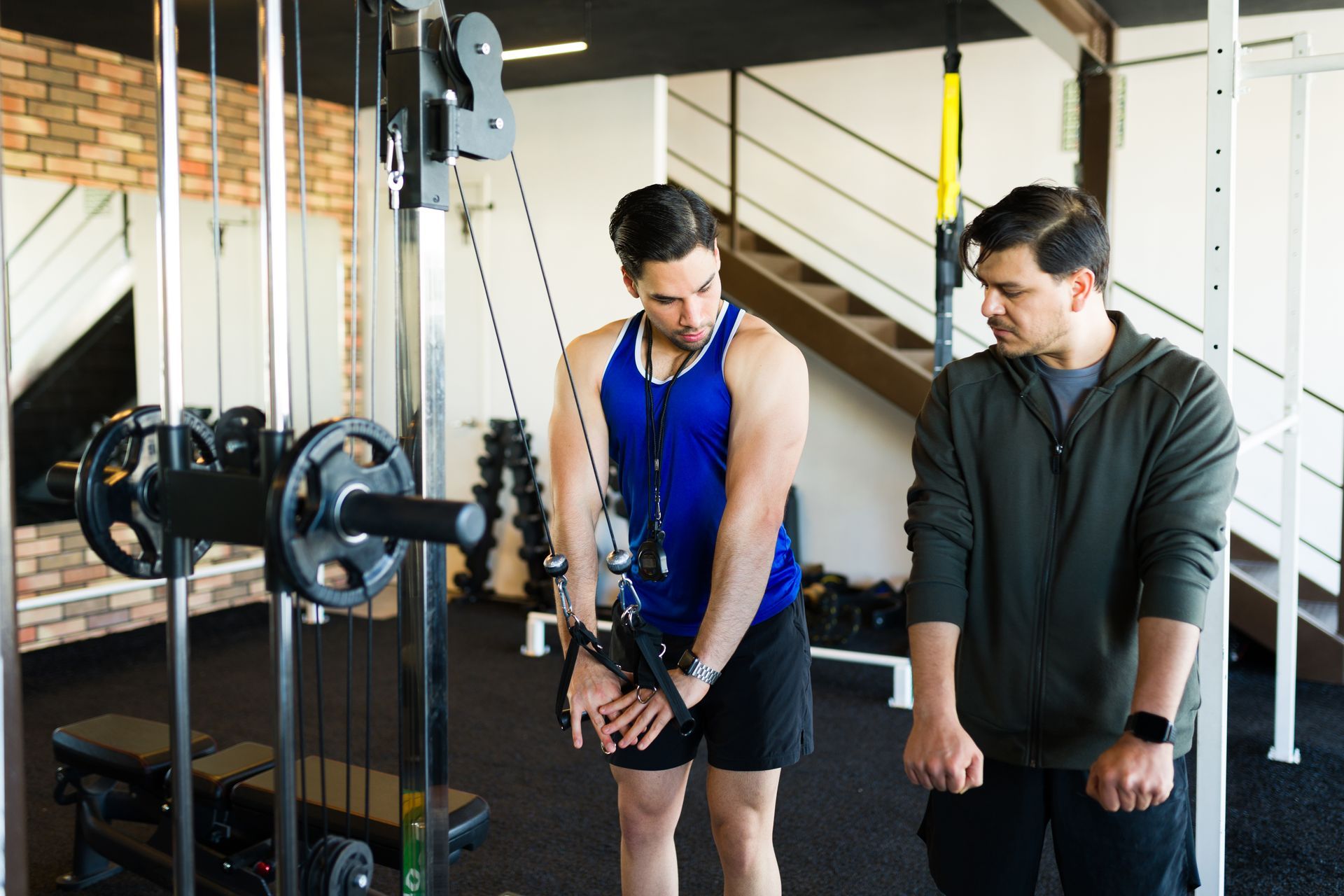September 25, 2023
Cultivating a Morning Routine for Success: The Path to A More Productive Day
Cultivating a Morning Routine for Success: The Path to A More Productive Day

Ask any successful person about their daily routine, and it's almost guaranteed that they will have one thing in common - a well-structured, intentional morning routine.
It's no coincidence.
The way we start our day sets the tone for the rest of it, impacting our mood, productivity, and overall success.
As a Nashville-based personal trainer with over 29 years of experience, I'm here to help you explore personalized strategies. So, in this article, we're going to delve deeper into the importance of a morning routine and explore some strategies you can use to optimize your mornings for success.
Understanding the Power of a Morning Routine: A Personal Trainer’s Perspective
A morning routine is more than just a sequence of activities that we mechanically perform each day. It's a powerful tool that, when used correctly, can catalyze personal and professional success. By taking control of our mornings, we take control of our days, and by extension, our lives.
Think of your morning routine as the rudder of your day. It steers your day in the right direction, keeping you on course even when the sea of daily challenges becomes stormy. A strong morning routine can anchor you, provide structure, and give you a sense of calm and control. This stability, in turn, reduces stress and promotes productivity, facilitating success in various life domains.
Elements of a Successful Morning Routine
While there's no one-size-fits-all morning routine (after all, we're all unique individuals with unique needs and preferences), there are a few components that many successful morning routines share:
1. Early Rising: For many successful people, the day begins before the sun rises. The quiet solitude of the early morning hours, undisturbed by the distractions and demands that come later, provide the perfect environment for focused, productive work or for personal activities that nurture the body and mind.
2. Hydration: After seven to eight hours of sleep, our bodies are naturally dehydrated. Starting the day with a glass of water helps kick-start our metabolism, flush out toxins, and rehydrate the body, preparing it for the day ahead.
3. Physical Activity: As a passionate fitness expert in Nashville, I can attest to the importance of exercise in your morning routine. Incorporating exercise into your morning routine is a fantastic way to energize your body and mind. Whether it's a full workout, a quick jog, or a session of stretching or yoga, physical activity stimulates the production of endorphins, the body's natural mood lifters, setting a positive tone for the day.
4. Mindful Eating: A nutritious breakfast fuels our bodies for the day ahead. Opting for a balanced meal that includes proteins, healthy fats, and whole grains can give you sustained energy and prevent mid-morning slumps.
5. Mindfulness Practices: Engaging in mindfulness practices, like meditation or journaling, can help reduce stress, enhance emotional well-being, and improve focus and mental clarity.
6. Goal Setting: Successful people know where they're going. Starting the day by setting or reviewing your goals can provide direction, keep you focused, and foster a sense of purpose.
7. Personal Development: Many high achievers dedicate part of their morning to personal development, whether that's reading, learning a new skill, or reflecting on their growth. This habit fosters continual growth and progress.
Creating a Morning Routine That Works for You
While the above elements are common in many successful morning routines, it's essential to remember that what works for one person might not work for another. The best morning routine is one that aligns with your individual needs, preferences, and lifestyle.
Creating your perfect morning routine might take some trial and error, and that's okay. Experiment with different activities, timings, and sequences until you find a routine that feels natural and energizing. Once you've created your routine, the key is to stick with it. Consistency is what allows the benefits of a morning routine to accrue over time.
Conclusion
A morning routine can serve as a launchpad for daily success. It's a way to take control of your day, foster positive habits, and set yourself up for productivity and success. Whether you're a CEO, an artist, a parent, or a student, a morning routine can make a significant difference in your life.
Remember, your morning routine should be a source of joy, not a chore. So, make it personal, make it enjoyable, and most importantly, make it work for you.
As a personal trainer dedicated to your success in fitness and life, I'm here to support you in this journey. Start shaping your mornings with me, either through my online fitness coaching or in-person in Nashville, and watch as your mornings begin shaping your success. Feel free to contact me for a customized approach tailored to your needs.





